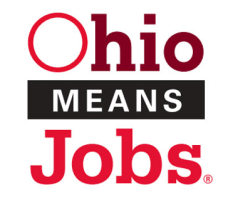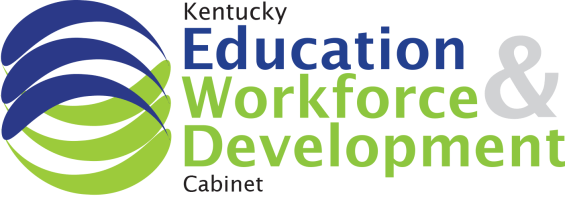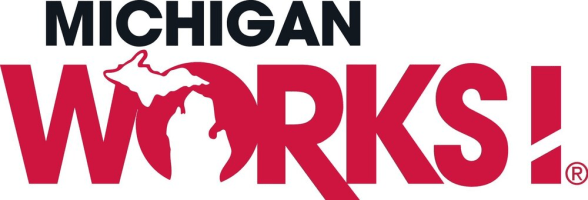Is Your Customer Service a WASTE?
Improve Customer Service by Eliminating Wastes and Respecting Customer Service Teams
Did you hear about the survey earlier this year reporting on the growing number of consumers experiencing rage and behaving in an uncivil manner to service reps? The news headlines emphasized the rage and a growing number of consumers seeking revenge against companies — often via social media posts.
The causes included automated phone systems, outsourced customer service, long waits, and unresolved complaints. The estimated potential cost to businesses of the unsatisfactory service: $887 billion in future revenue (up more than 40% from 2020).
Clearly customer service is not perceived as providing value to many customers! In Lean terms this translates into waste. Think back on some of your own customer care experiences from a lean perspective. What wastes did you perceive (even when the service was good)?
Is your customer service program wasteful? While some businesses are looking forward to improved AI providing better service, LSS can help now. Here are home ideas from BPG to reduce wastes using LEAN tools.
Improve Customer Service by Reducing Waste …
Want to know if waste is an issue in your customer service program? Talk to the people who take the complaints – your call center, tech support or customer support teams, the receptionist…. Take a gemba walk – live or virtual. Listen in on calls. Take a few yourself. Then analyze some calls and reflect on what you find. Probably basic questions and services are working well. Where are they not? What wastes are you seeing in your customer care program and how can you improve that service? Consider the wastes of:
- Time involved in agents finding information for customers or handling upset customers.
- Motion involved in agents having to transfer calls to other departments or managers where the problem can be addressed in full.
- Resources including the number of people required to resolve a problem and/or replacement products (or coupons) sent to satisfy the customer’s issues.
- Defects in service provided (did the agent have enough information to correctly solve customer problems?) which may indicate problems in training and process? Did you learn of defects with products or services for the first time on the phone?
- Human Potential
- Did you find your agents overburdened by the number of calls they receive? Or perhaps by the abuse they received when dealing with uncivil customers? This waste is called Muri in Lean.
- Do your processes allow reps to problem solve or are they constrained by scripts and limited training
… and Treating your Customer Service Teams with Respect
Your front line service agents often bear the brunt of customer rage. That’s why this is a good place to start to improve your customer service and get real value from the teams. Some suggestions:
- Ask your teams what the problems are and what help they need. Set up Kaizen events with support teams to identify quick solutions.
- Empower your teams to go outside of standard responses when appropriate and to set up their own Kaizen events and develop continuous improvement strategies.
- Ensure that customer training is effective and that product documentation is easily available to agents for the “infreqently asked but predictable” questions.
- Include training for dealing with angry customers and procedures for dealing with abusive callers. Give reps an “off ramp” for dealing with abusive customers. Have a senior person available at all times to whom these calls can be escalated.
- Show your teams RESPECT by ensuring you have processes in place to collect customer feedback. Not just the number of calls and the time taken to resolve issues, but information about the problems people are reporting. If you do not already have them, establish lines of communication between service reps, product teams, and management to share information and solve problems. You can use the data as a starting point for identifying and prioritizing LSS project that address the root causes of your products and services.
Take the First Step
The step of showing respect to your teams is one you can begin immediately and quickly benefit your customers. (Of course, you still must do the hard work of following up to identify and resolve the root causes of customer concerns by addressing service and product issues.)
The step of showing respect to your teams can also be an important part of building the LSS culture that results in what BPG founder Paul Gormas calls the Grand Slam (or four-way) Win, which he defines as a strategy that makes winners of all four parties in the Value Stream: employees, business, customers, and suppliers/stakeholders.







